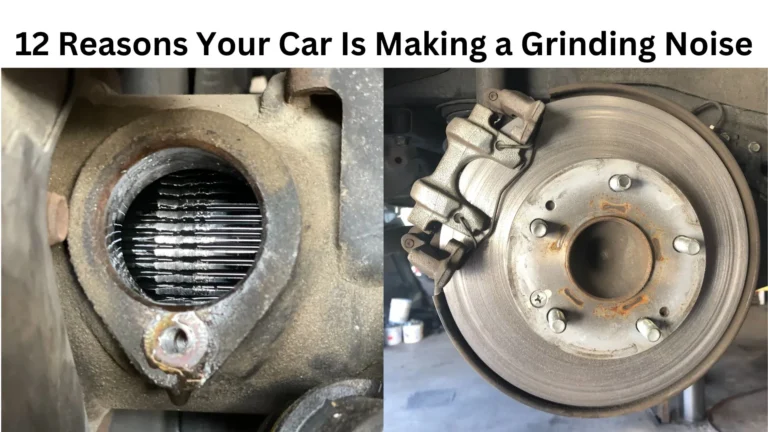A faulty fuel pump can lead to a wide range of symptoms and engine performance problems. Common issues include:
- Engine won’t start : A gasoline engine needs three basic things to run – spark, fuel and compression. A faulty fuel pump can prevent fuel from reaching the engine, resulting in a vehicle that won’t start.
- Lack of power : An engine that is starved for fuel due to a weak fuel pump may suffer from lack of power.
- An engine misfire : Complete combustion requires the proper amount of fuel and air. A bad fuel pump can result in an air/fuel mixture that is lean (too much air, not enough fuel). This can result incomplete combustion, otherwise known as a misfire.
- Surging under heavy loads : The engine requires more fuel under heavy loads. A weak fuel pump can’t meet this demand. As a result, surging may occur.
How does a fuel pump work?
The fuel pump is a direct current (DC) motor mounted in the fuel tank. It does just what its name implies – it pumps fuel from the tank to the fuel injectors. The injectors then spray fuel into the engine.
There are two types of fuel systems in use today: continuous and return-less. How the fuel pump operates is a little different in these two systems.
Continuous return fuel system
Older vehicles have what’s referred to as a continuous return fuel system. With this design, fuel is delivered from the tank to the fuel rail by the fuel pump. The fuel injectors are located in the fuel rail, as is a pressure regulator. Since the fuel pump delivers more fuel than the engine needs, the regulator is used to maintain proper fuel pressure. The regulator accomplishes this by routing excess fuel back to the tank, via a return line.
Return-less fuel system
Most modern vehicles use a return-less fuel system. As the name indicates, this type of system has no return line to the fuel tank and no externally mounted regulator. Instead, fuel pressure is controlled in tank. The fuel pressure regulator is often built into the fuel pump assembly. This design allows for more precise fuel control and reduced emissions.
Some return-less fuel systems regulate fuel pressure by varying the fuel pump’s duty cycle (on time). The fuel pump is usually either controlled by the powertrain control module (PCM) or a dedicated fuel pump control module (FPCM). A fuel pressure sensor is used to monitor system operation.
Regardless of the fuel system design, most modern fuel pumps come as an integrated assembly (sometimes referred to as a module). The assembly also includes the fuel pump sending unit, which is the sensor used to read fuel level. In some cases, the fuel pump assembly may also contain the FPCM.
How to troubleshoot a fuel pump problem
Before condemning the fuel pump, it should be tested. This is typically done by measuring fuel pressure with a mechanical gauge. On return-less fuel systems, it may also be possible to check fuel pressure using a diagnostic scan tool.
In addition to measuring fuel pressure, fuel volume may also be checked. This is done by removing a fuel line and inserting it into a container. Then, the pump is operated for a specific period of time. The amount of fuel gathered in the container is compared to manufacture’s specifications.
If the fuel pump is found to be faulty, it should be replaced. On most modern vehicles, the pump is integrated into a fuel pump assembly. The entire fuel pump assembly must be replaced as a unit.




